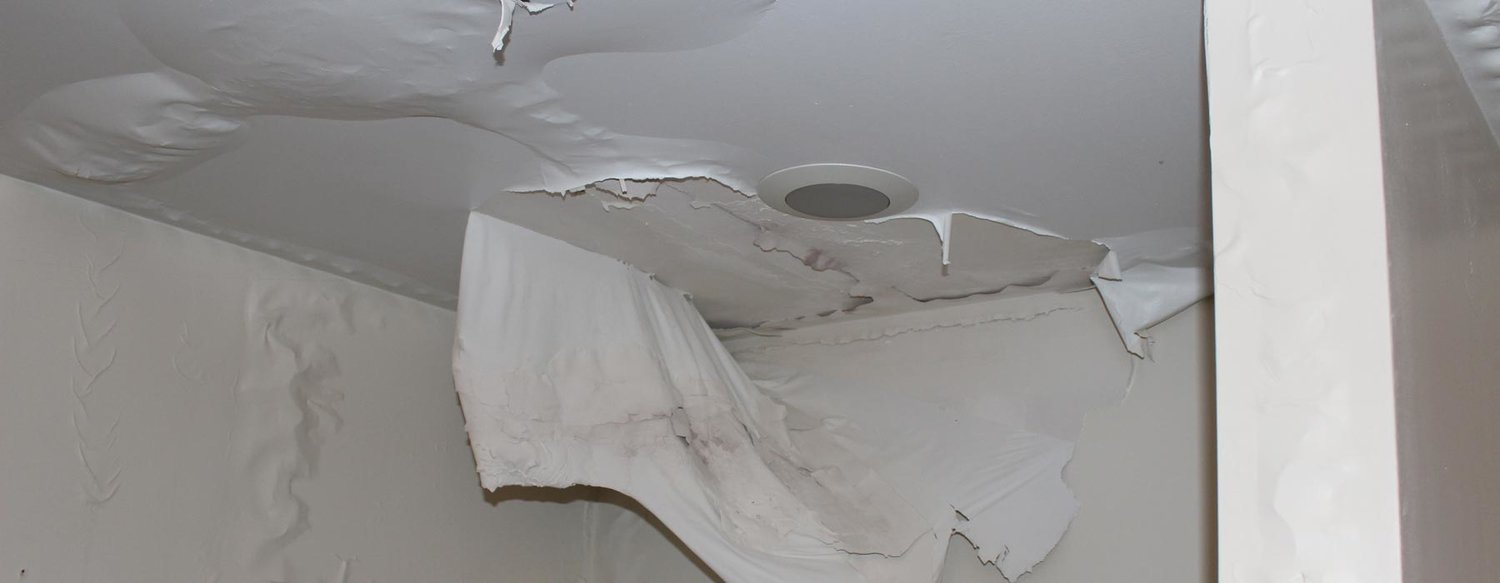6 Water Damage Reconstruction Do's and Don'ts.
6 Water Damage Reconstruction Do's and Don'ts.
Blog Article
Do you find yourself on the lookout for additional info about Keeping Your Home Safe This Holiday Season?

Water provides life, water invasion on components where it's not expected to be can result in damages. If the water saturates into your structure, it can peel off away surfaces as well as deteriorate the structure. Mold and mildew and mildew likewise prosper in a wet setting, which can be hazardous for your health. Residences with water damages scent musty and old.
Water can come from many resources such as typhoons, floodings, burst pipes, leakages, as well as sewer concerns. In case you experience water damages, it would be excellent to understand some security precautions. Below are a few standards on exactly how to deal with water damages.
Do Prioritize Home Insurance Policy Protection
Water damage from flood as a result of heavy winds is seasonal. Nonetheless, you can additionally experience a sudden flood when a damaged pipe instantly bursts into your residence. It would certainly be best to have residence insurance policy that covers both acts of God such as natural disasters, as well as emergency situations like damaged plumbing.
Do Not Neglect to Switch Off Energies
This cuts off power to your whole residence, stopping electric shocks when water comes in as it is a conductor. Don't neglect to turn off the primary water line shutoff.
Do Keep Proactive and Heed Weather Condition Notifies
Pay attention to evacuation cautions if you live near a creek, lake, or river . Doing so decreases possible residential property damage.
Don't Disregard the Roofing System
Before the weather condition transforms terrible, see to it you have a roofing examination. In fact, it would be prudent to obtain this solution yearly as it can minimize complex issues. If there are no holes as well as leaks in your roofing system, you can prevent rain damage. Your roofing contractor will also take care of defective rain gutters or any other signs of weakening. This will protect against water from moving down your wall surfaces and also soaking your ceiling.
Do Pay Attention to Tiny Leaks
A burst pipe doesn't happen overnight. You may notice bubbling paint, peeling off wallpaper, water streaks, water spots, or leaking sounds behind the walls. Have your plumbing repaired prior to it results in enormous damage.
Don't Panic in Case of a Ruptured Pipeline
Maintaining your presence of mind is important in a time of crisis. Worrying will just intensify the problem because it will certainly stifle you from acting fast. When it concerns water damage, timing is crucial. The longer you wait, the more damages you can expect. Hence, if a pipe bursts in your house, right away shut off your primary water valve to remove the resource. Then disconnect all electrical outlets in the area or switch off the circuit breaker for that part of your home. Finally, call a reputable water damage reconstruction specialist for support.
Water provides life, water invasion on parts where it's not supposed to be can result in damages. Houses with water damage smell musty as well as old.
Water damage from flooding fees to heavy winds is seasonal. You might observe bubbling paint, peeling off wallpaper, water touches, water stains, or trickling noises behind the wall surfaces. When it comes to water damage, timing is key.
Water Damage Do's and Don'ts
Do's
Always use rubber gloves to protect your hands & rubber boots to protect your feet and legs. Damage from water and bacteria growth can begin within hours. Call for professional help. Remove as much water as possible by mopping and blotting with sponges. Pull up wet rugs and carpets if hardwood floors are below. Lift draperies off the floor, loop through a coat hanger and place the hanger on the drapery rod. Wipe furniture, prop up wet furniture cushions for even drying and place aluminum foil under furniture legs. Move photos, paintings, art objects, computers, other electronics and valuables to a safe, dry location. Do not remove books from shelves. Pack them tightly to prevent page warping until a restoration professional can begin this specialized drying. Ventilate wet areas. Turn on air conditioning for faster drying in summer (only if there is no visible mold) and winter, alternate cycles of opened windows and heating. Also, open drawers, closets and cabinet doors to enhance drying. Don'ts
Do not enter rooms where there is wet and sagging ceiling! Do not enter a room with standing water until electricity has been turned off. Do not use a regular household vacuum to remove water. Use heat to dry closed building interiors. Mildew and more moisture damage can occur. Do not use electrical appliances while on wet carpet or flooring. Do not disturb visible mold. https://www.myknowledgebroker.com/blog/personal-insurance/water-damage-dos-and-donts/

As a devoted person who reads about Safety Tips To Prevent Fire And Water Damage, I was thinking sharing that piece was a good idea. So long as you enjoyed our page if you please remember to pass it around. Thanks a lot for going through it.
Report this page